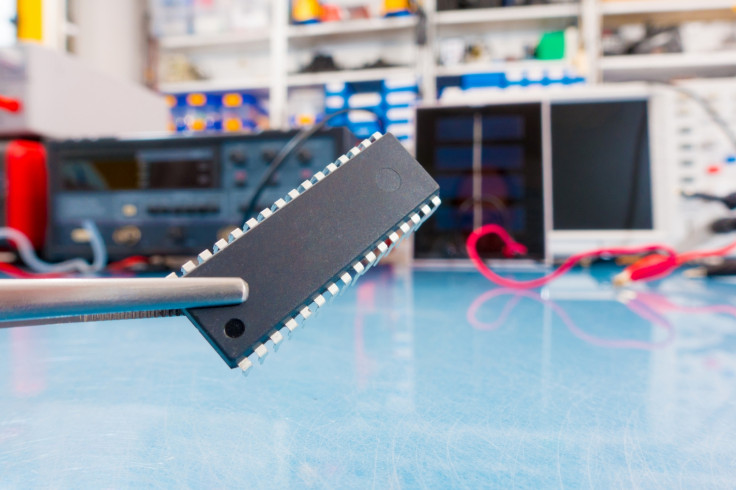Scientists create first fully programmable quantum computer
The technology offers the tantalising prospect of ultra-fast processing speeds.

Researchers have created the first fully programmable and reconfigurable quantum computing device in what is a milestone for the technology.
The computer was introduced in a paper published in the journal Nature by researchers working with Christopher Monroe, a Fellow of the Joint Quantum Institute and the Joint Center for Quantum Information and Computer Science at the University of Maryland.
Quantum computers offer the prospect of ultra-fast processing speeds which could find solutions to certain complex problems exponentially faster than traditional computers.
However, building working viable prototypes is fraught with difficulties due to the unpredictable nature of quantum physics on which the technology is based.
To date, many research teams have developed small but functional quantum computers, although these devices are usually dedicated to solving very particular problems because they are only designed to run one program or a specific quantum algorithm.
However, the new device can run a variety of different algorithms on five quantum bits, or qubits – the fundamental unit of information in a quantum computer, and the analogue of a 'bit' in traditional computers. A bit can only have one of two values - 0 or 1 – whereas a qubit can exist in both states at the same time due to the quirks of quantum mechanics, meaning it is able to perform more than one calculation simultaneously.
"For any computer to be useful, the user should not be required to know what's inside," Monroe says. "Very few people care what their iPhone is actually doing at the physical level. Our experiment brings high-quality quantum bits up to a higher level of functionality by allowing them to be programmed and reconfigured in software."
Each qubit in the device – or module as it is known – is made up of an ion trapped in a magnetic field, which is then manipulated by lasers. Ions are atoms or molecules in which the number of electrons is not equal to the number of protons, resulting in a positive or negative charge. By using lasers, scientists can take advantage of the ions' unique properties, enabling the device to perform multiple functions by reprogramming it with different algorithms.
"This work is at the frontier of quantum computing, and it's helping to lay a foundation and bring practical quantum computing closer to being a reality", says Jean Cottam Allen, a program director in the National Science Foundation's physics division.
Shantanu Debnath, a graduate student at JQI and the paper's lead author says: "By directly connecting any pair of qubits, we can reconfigure the system to implement any algorithm. While it's just five qubits, we know how to apply the same technique to much larger collections."
The research team thinks that perhaps as many as 100 qubits could be added to the module, boosting its processing power and allowing it to run quantum algorithms which have never been run before, Debnath says.
© Copyright IBTimes 2025. All rights reserved.





















